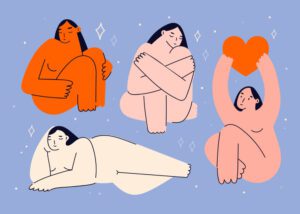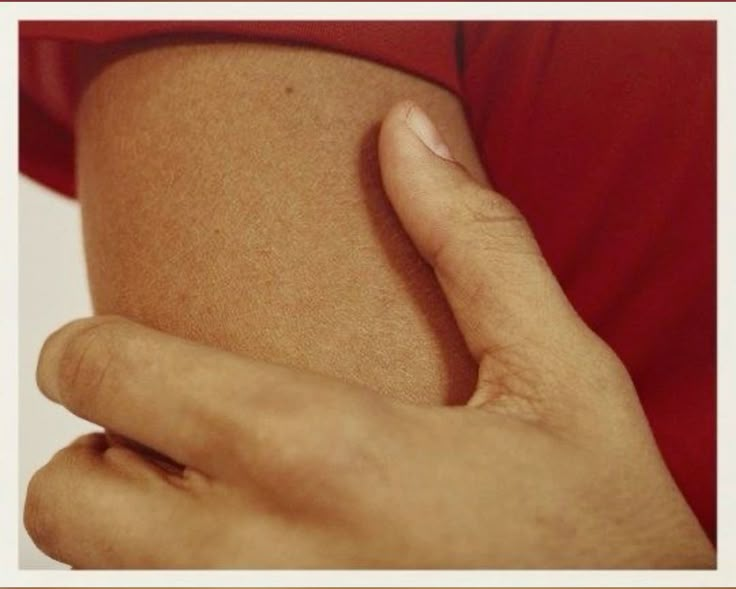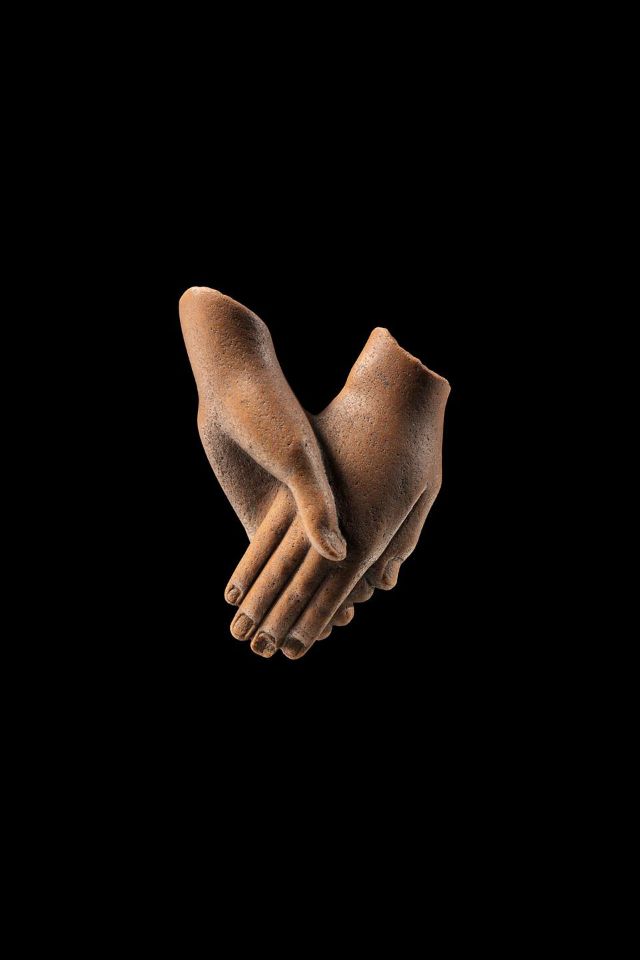In a world that constantly polices bodies, particularly those of marginalised communities, understanding various approaches to body image is crucial. There are many reasons why we don’t feel like we love our bodies all the time. These movements, ranging from body neutrality to body liberation, and going beyond body positivity, offer tools for navigating our complex relationships with our bodies. Rooted in Black activism and the fight against systemic oppression, these approaches provide diverse perspectives on how we can relate to and appreciate our physical selves.
The Roots of Body Liberation
Before diving into different approaches, and discussing body positivity, body neutrality and body liberation, it’s essential to acknowledge that these movements were pioneered by Black activists, particularly Black women. What began as the Fat Acceptance Movement in the 1960s has evolved into a broader struggle against body-based oppression.
Scholars like Sabrina Strings have compellingly argued that fatphobia in the West is rooted in anti-Blackness and misogyny, highlighting the need to center race in any discussion of body politics. We owe a debt of gratitude to these Black creators whose work has been often co-opted and diluted by mainstream culture.

Body Positivity
Body positivity encourages unconditional love for all bodies, regardless of shape, size, colour, gender, or ability. While it has gained mainstream traction, critics rightfully point out that its current form often centres thin, white, able-bodied individuals, straying from its radical roots.
The commercialisation of body positivity has led to what Aria Sa’id terms “faux body positivity,” which focuses on individual self-esteem rather than dismantling systemic oppression. This shift not only depoliticizes the movement but also reinforces neoliberal ideals of personal responsibility, deflecting attention from structural inequalities. This critique underscores the need to recenter marginalised voices in the movement.
This is why it’s important to go beyond body positivity and learn about body liberation.
Beyond Body Positivity: Body Neutrality
This approach, popularised by Anne Poirier, shifts focus from appearance to function. It’s based on the idea that bodies are neither good nor bad, they just are. Body neutrality doesn’t require you to love your body all the time, which can be a heavy ask for people who have been taught to hate their bodies for decades.
However, for many marginalised people, the luxury of being neutral about one’s body is not always possible in a society that constantly polices and devalues certain bodies.
Body Acceptance
Body acceptance allows space for conflicting feelings about our bodies while promoting respect and care. It’s a nuanced approach that recognises the complexity of our relationships with our bodies, especially for those dealing with illness, disability, or significant changes.
While seemingly more inclusive, it still operates within a framework that places the onus on people to accept their bodies rather than challenging the societal structures that create body shame.
Body Liberation
Body liberation takes the fight beyond individual bodies to challenge systemic oppression. It encompasses freedom from fatphobia, ableism, racism, sexism, transphobia, and other forms of body-based discrimination. Body liberation recognises that personal body image is influenced by societal structures and works to dismantle harmful beauty standards and discrimination. Body liberation goes beyond body positivity and body neutrality.
As Sonya Renee Taylor argues in “The Body Is Not an Apology,” true body liberation requires a complete paradigm shift in how we view bodies, power, and worth.
Intersectionality and the Complexity of Lived Experiences
Any analysis of body image movements must employ an intersectional framework, as developed by Kimberlé Crenshaw. For example, the experiences of a fat, Black, queer woman will differ significantly from those of a thin, white, straight woman. These movements often fail to adequately address the compounded oppressions faced by individuals with multiple marginalised identities.
While body image movements have made significant strides in challenging dominant narratives, they remain deeply embedded in complex systems of power and oppression.
As a counselling practice committed to social justice, we encourage exploring these approaches while always remembering their origins in Black activism and the ongoing struggle against systemic oppression.
If you are looking for support you can contact one of our Rough Patch counsellors today.



